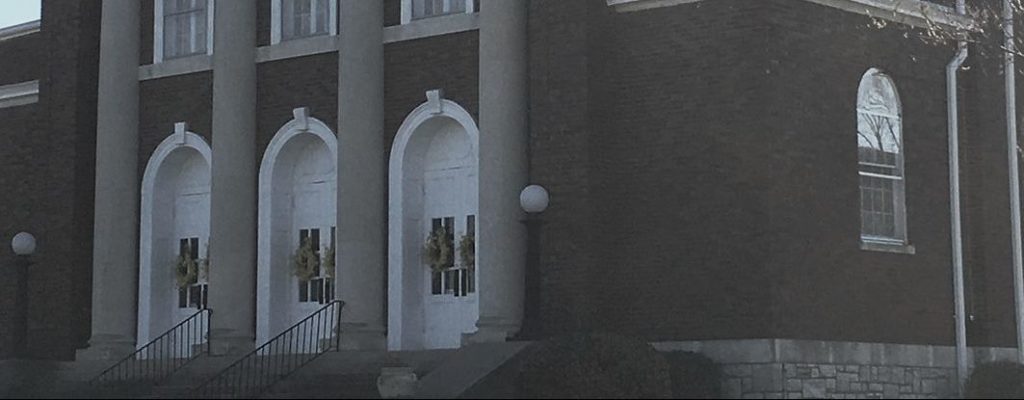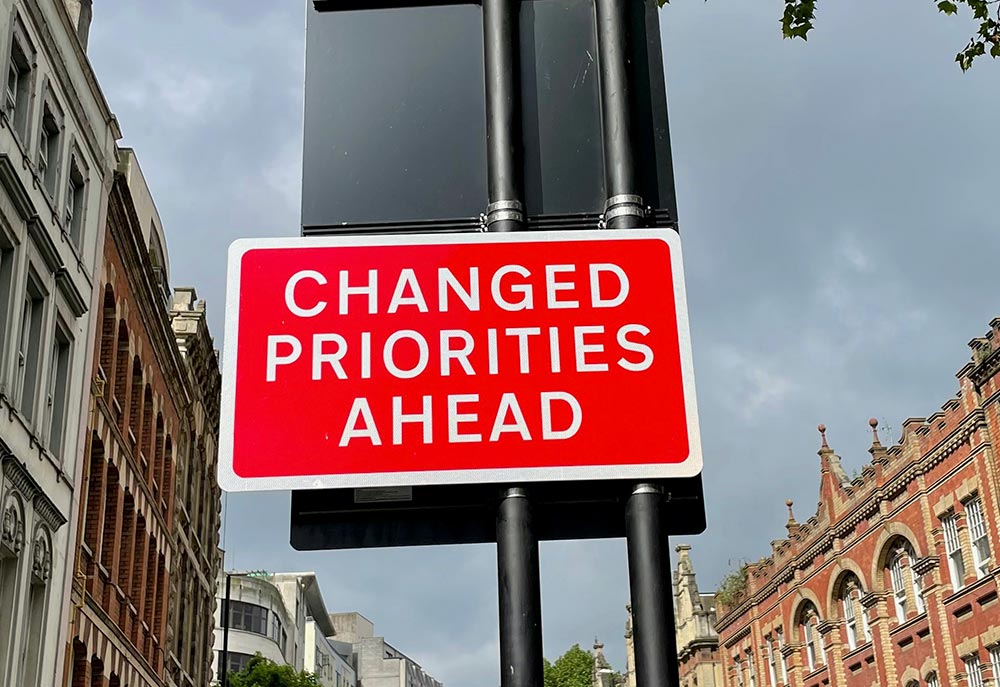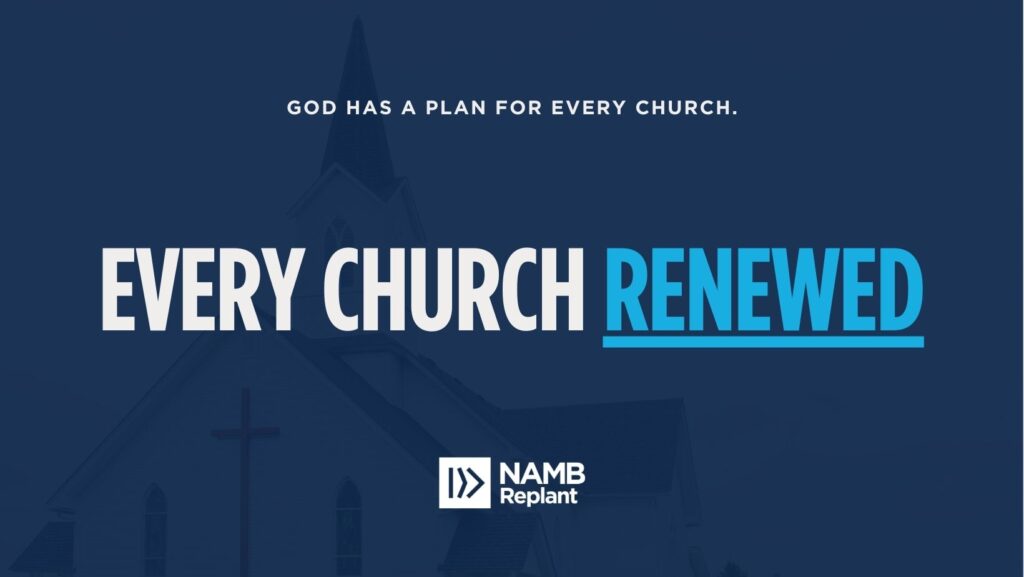This past weekend I attended a 105 year old church in an urban setting that has been experiencing significant decline. Its massive facilities are in good repair, the worship space can hold six hundred plus and it sits contextually in a hot-trendy and highly desired urban area where houses sell above asking price the first day they are listed. Nearly one hundred people move in every month.
About sixty or so faithful saints, mostly older, gather for worship each week. If you ask them they’ll tell you of a time with the pews and classrooms were full and the community was being reached for Christ. Smiles and tears are often expressed in the same conversation, especially as they consider the possible future of their church.
Some might count this church out, I don’t and here’s why. I met a young couple who recently began attending this church.Note, this church doesn’t have fair trade coffee, computer check-in systems for children, lights, smoke machines or drums. They have a pipe organ, grand piano, red carpet, floral arrangements and special music before the sermon. None of this seemed to trouble the young couple, and they were not alone, as I looked around there were several young couples.How did the young couple find this church?
A personal invitation by one of the long time members.
Novel, right?A lot of churches stop growing because their members stop inviting people they know and people they meet to attend worship with them on a Sunday. Yes, invitations meet with many more rejections than acceptances but, inviting someone to church is still the #1 way a person comes to attend church.
How people most often come to attend a church:
- 2% by Advertisement
- 6% by the Pastoral Invitation
- 6% by organized evangelism campaign
- 86% by friends or relatives
Declining Churches (really almost all churches) have long focused on reaching “low hanging’ fruit, meaning those most likely to be friendly to or looking for a church. This crowd will most often end up at a church which offers more for their family than a declining church. Note, this group represents less than 2-6% of the people in your area.
Today there is no “low hanging” fruit. Especially for the dying or declining church. But, your church and it’s people can build an invitational culture, here’s how.
Teach and Model inviting: talk often about who you are inviting, maybe not by name but share the story of how you’re having conversations about spiritual matters and offering invitations to those you know and meet to join you for worship.
Pray for Opportunities: we pray for many things, begin praying as a gathered church for God to give you opportunities to share Christ and invite those in your community to church.
Equip Your Congregation: in a declining church, new guests are likely to get mobbed–everyone is excited and eager to welcome the new faces which often makes them uncomfortable and nervous. Help your church learn how to effectively communicate with your guests, equip everyone to ask questions, rather than make statements.
Prepare Your Building: old church buildings were not built with guests in mind.Often the front doors of an older church are rarely used. The side entrance by the parking lot is where most enter, through a narrow hallway, by the nursery and church library and janitors closets, it didn’t matter back then but it does now. Make sure you have good signage and friendly greeters stationed at the most natural entrances including those rarely used.
Ask for a Response: at some point in the service direct your guests to a response card, keep it simple and basic, give them verbal directions on what to complete and where to drop the card. And, let them know that you’re not going to put them on a mailing list or come to their door uninvited but that you would like to send an email or card thanking them for their visit or pray with them regarding any prayer requests they might have.
A normative size church has much to offer in the way of authentic personal relationships. Replanter, maximize your greatest resource–your congregation and encourage and equip them to help you build an invitational culture.
Published March 21, 2017



